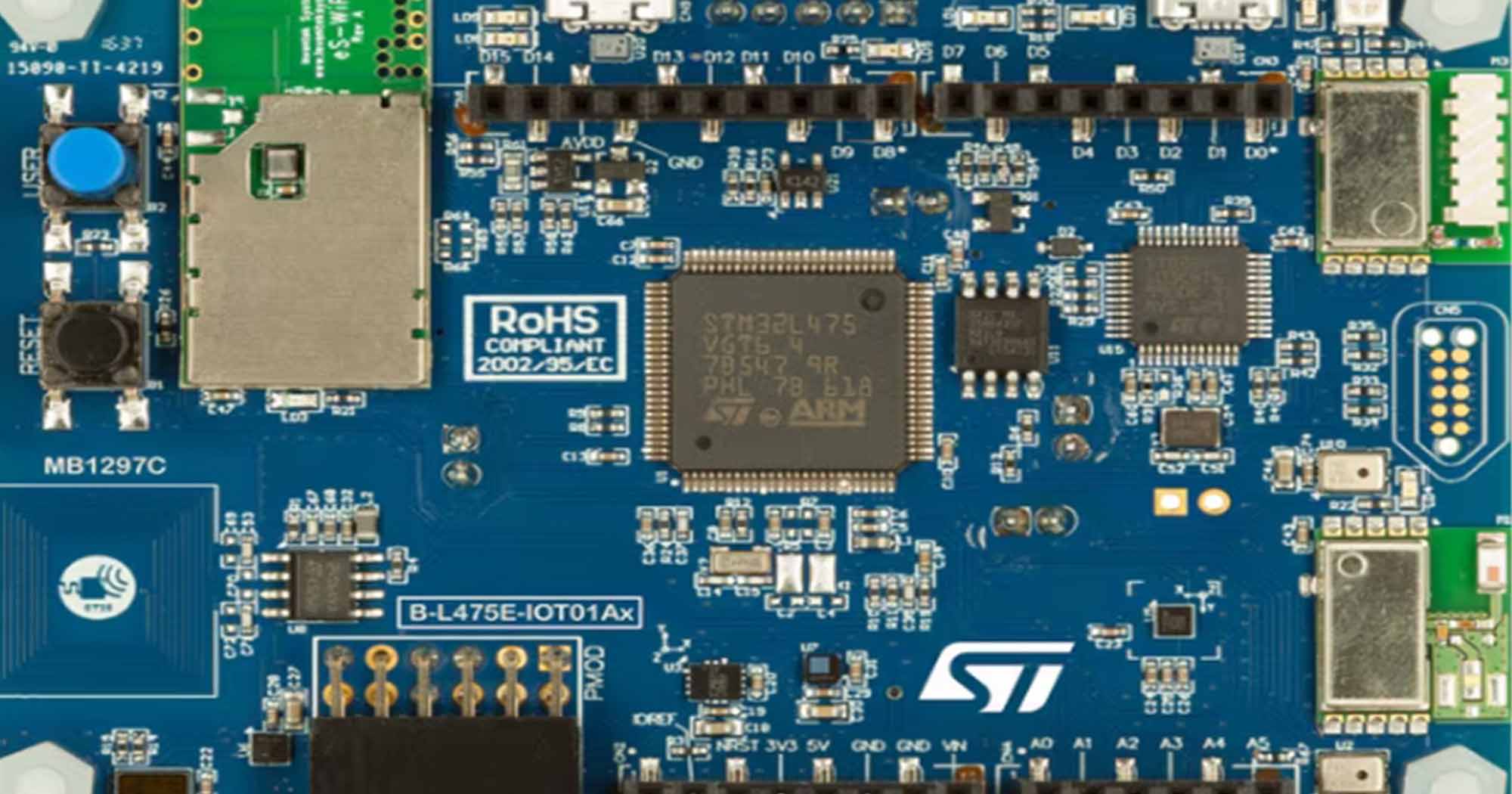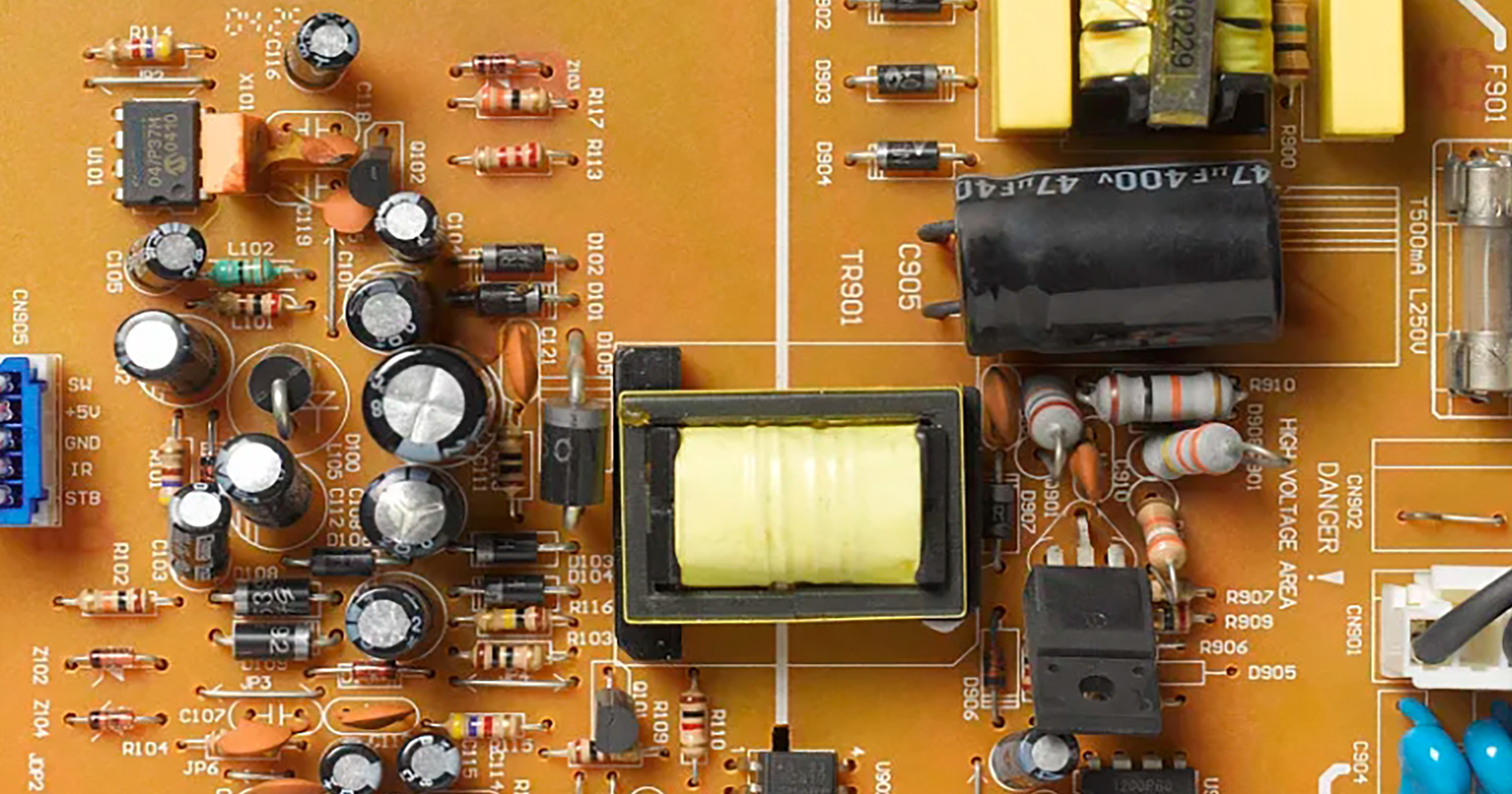Is a 3750Vrms Rating in 4A Gate Drivers Better?
The gate driver market continues to grow, driven by advancements in high-power applications such as renewable energy systems, industrial automation, and electric vehicles.
Among the key specifications of gate drivers, one frequently asked question by procurement professionals and engineers is whether a higher isolation voltage rating, such as 3750Vrms, is inherently better. Let’s delve into this topic to understand its significance and implications for design choices.
Understanding Isolation Voltage in Gate Drivers
Isolation voltage, often specified in terms of Vrms, indicates the driver’s ability to withstand high voltages between the input and output, or across the isolation barrier, without electrical breakdown. For gate drivers, this parameter ensures safe and reliable operation in environments where high voltage differences are present.
Why it Matters:
Safety: A higher isolation voltage reduces the risk of electric shock and protects users and equipment from damage caused by voltage spikes.
System Reliability: It ensures signal integrity by minimizing noise interference and preventing ground loop issues.
Compliance: Many industrial and automotive standards mandate minimum isolation ratings for certain applications.
Is Higher Always Better?
While a 3750Vrms isolation voltage rating is impressive, its suitability depends on the application:
When a Higher Isolation Voltage is Beneficial:
High Voltage Applications: If your system involves high-voltage power supplies, motor drives, or industrial control systems, a higher rating provides essential safety margins.
Harsh Environments: Applications exposed to transient surges or extreme electromagnetic interference (EMI) benefit from increased isolation.
Regulatory Compliance: Standards such as IEC 61800-5-1 or UL1577 often require specific isolation voltage thresholds. Meeting these ensures certification and market access.
Potential Trade-offs:
Cost: Higher-rated components often come with increased manufacturing costs, potentially impacting the overall budget.
Size Constraints: Some high-isolation designs require additional insulation or package modifications, which may not align with compact system designs.
Over-Specification: Choosing a component with an isolation voltage significantly beyond your system’s requirements can lead to inefficiencies or unnecessary expenses.
Evaluating the 3750Vrms Gate Driver
The 4A Gate Driver with Capacitive Coupling and 3750Vrms Isolation is a robust choice for systems requiring reliable performance in high-voltage scenarios. Its common features typically include:
Single-Channel Design: Ideal for driving individual transistors in isolated configurations.
Capacitive Coupling Technology: Ensures high-speed, low-latency signal transmission.
Compact 8-SOIC Package: Balances high isolation with small footprint for space-constrained designs.
For engineers, the 3750Vrms rating offers confidence in high-stress applications such as industrial inverters, renewable energy systems, and EV powertrains. However, for low-power or less demanding systems, a lower-rated gate driver may suffice, offering cost and size advantages.
Key Considerations for Procurement Professionals
To decide whether the 3750Vrms gate driver is the right choice, procurement specialists should assess:
Application Requirements: Match the component’s specifications with your system’s operating voltage, insulation needs, and environmental conditions.
Standards and Certifications: Ensure compliance with applicable safety and performance standards.
Cost-to-Performance Ratio: Balance the isolation voltage with other critical features, such as switching speed, propagation delay, and thermal performance.
The Future of Isolation Technology
As technology evolves, we expect even higher isolation ratings to emerge alongside more efficient and compact designs. Innovations in materials and packaging will further optimize gate driver performance while maintaining stringent safety standards.
Designers and procurement professionals should focus on aligning component selection with application-specific needs, ensuring safety, reliability, and cost-efficiency in their designs.
Conclusion
While a 3750Vrms rating in a 4A gate driver provides significant benefits for high-voltage and safety-critical applications, it is not always the best choice for every scenario. By understanding your application’s unique requirements and evaluating trade-offs, you can make informed decisions that balance performance and cost.
For more information or to request a quote, please feel free to send us an RFQ.
Some Model Numbers




